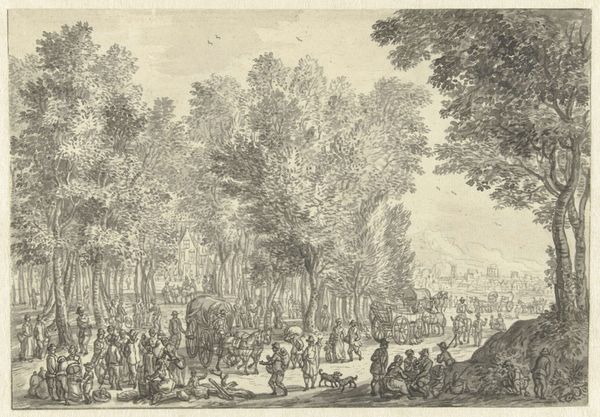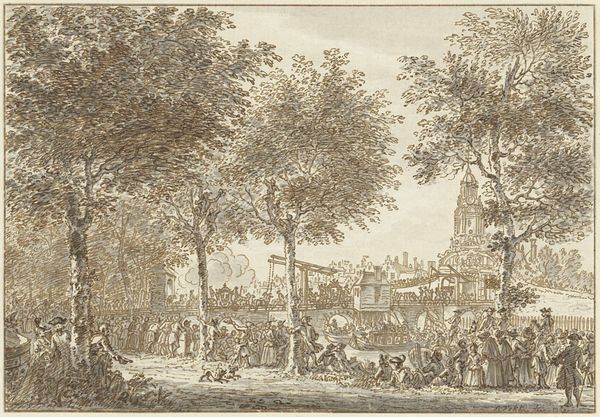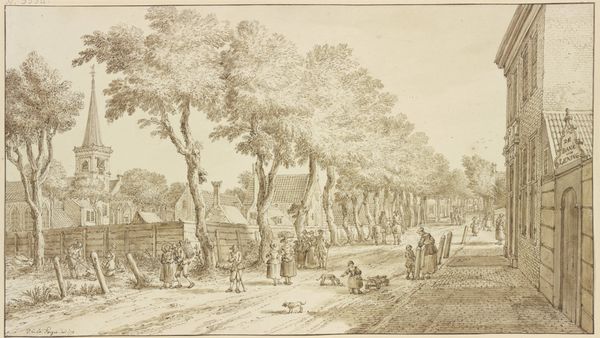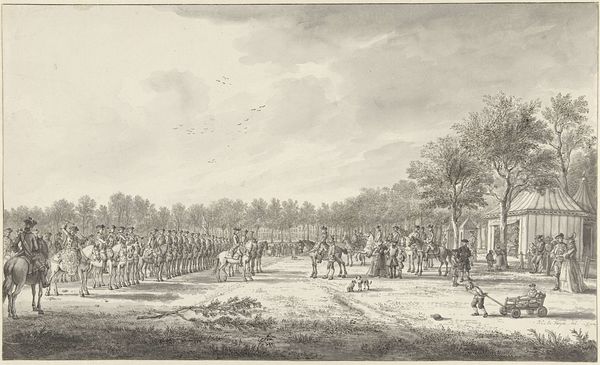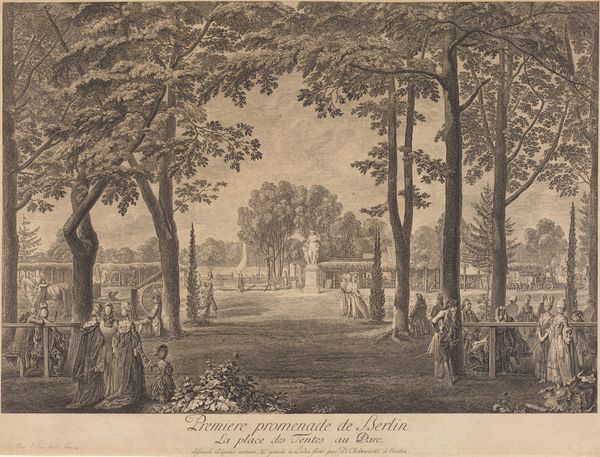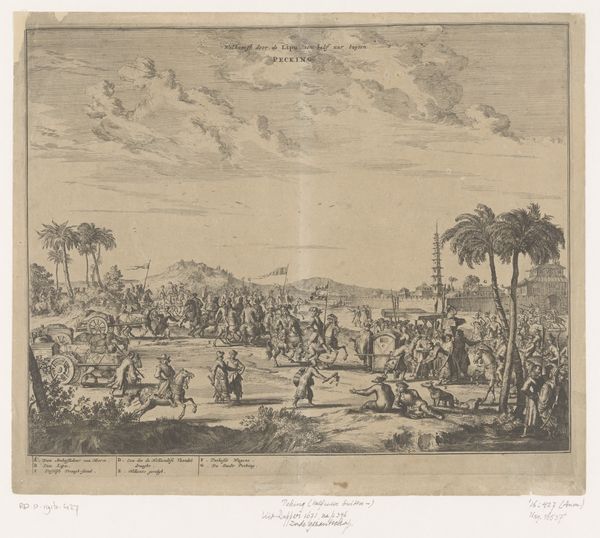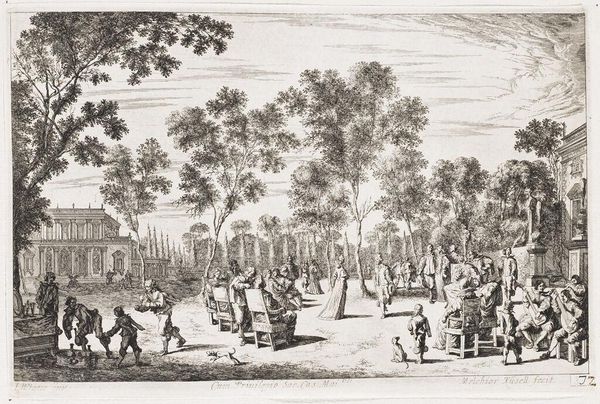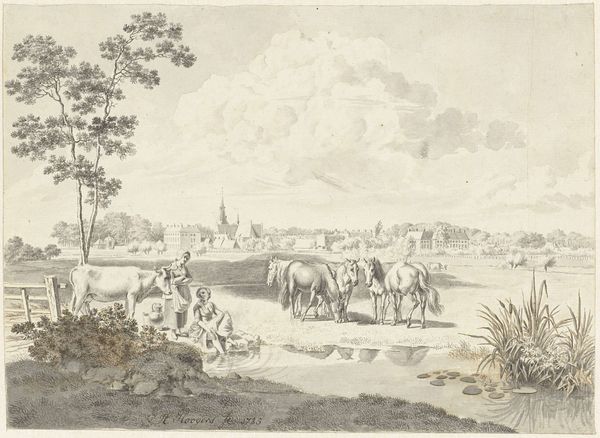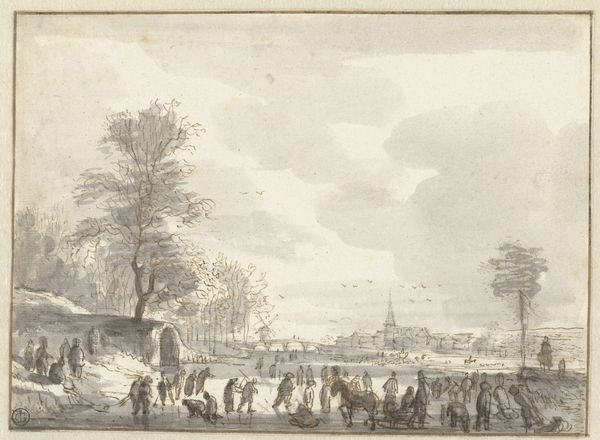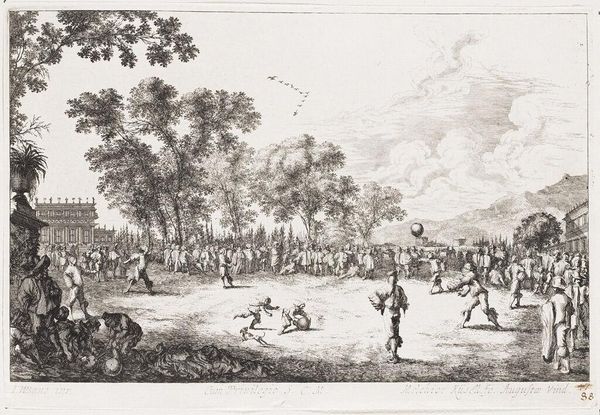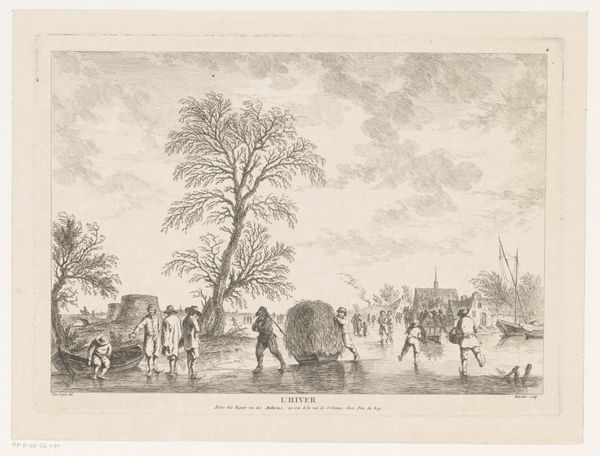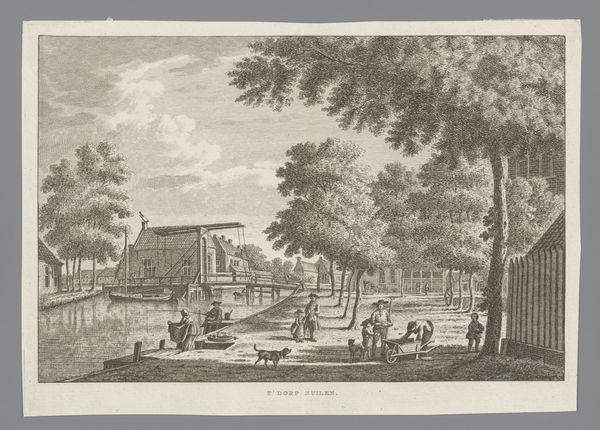
The Harbour of Copenhagen from the Esplanade between Langelinie and Toldboden 1809
0:00
0:00
drawing, plein-air, pencil
#
portrait
#
drawing
#
plein-air
#
landscape
#
romanticism
#
pencil
#
cityscape
#
realism
Copyright: Public Domain: Artvee
Curator: Eckersberg's 1809 pencil drawing, titled "The Harbour of Copenhagen from the Esplanade between Langelinie and Toldboden," offers a fascinating look at a specific time and place. What's your initial impression? Editor: It feels surprisingly calm. The soft pencil lines and muted tones create a placid, almost pastoral scene. The arrangement of cannons interspersed with leisurely strolling figures creates a fascinating juxtaposition of military might and domestic tranquility. Curator: Indeed. Eckersberg completed this en plein air, giving it an immediacy that contrasts with the political turmoil of the Napoleonic Wars. Copenhagen suffered bombardment just two years prior, yet the city is depicted as peaceful. These cannons suggest an undercurrent of tension that simply cannot be ignored. They aren’t being actively used, they are simply "there", a silent sentinel of the city's anxieties, even as citizens stroll casually. Editor: I'm struck by how Eckersberg employs linear perspective to organize the visual field. He structures the composition so meticulously and creates depth; the cannons diminish in size, leading the eye to the harbor and ships. The hazy atmosphere blurs the distant forms and lends an airy feeling. The foreground is where one finds detailed observation but as the eye moves towards the horizon the forms soften. Curator: He captures a transitional period. This piece is an important document for understanding urban life in Copenhagen in the early 19th century, revealing an early development of Romanticism. These types of depictions of harbors helped form and cement national identity by offering relatable and engaging imagery. We can interpret that its realism reinforces the feeling of an actually "real" place that one might call home. Editor: Looking at the two small trees on either side, you see slight differences. The tree on the left shows shading behind to give it shape but it isn't rendered to suggest more than this, and then on the other side is a thinner more articulated drawing. Those tiny compositional choices make this drawing interesting from an academic standpoint. Curator: Considering its subtle details alongside its wider social context allows us to understand better the complex realities captured in Eckersberg's work. It speaks volumes about the period and society within. Editor: I agree; what seemed like a quiet landscape, has so much to say.
Comments
No comments
Be the first to comment and join the conversation on the ultimate creative platform.

